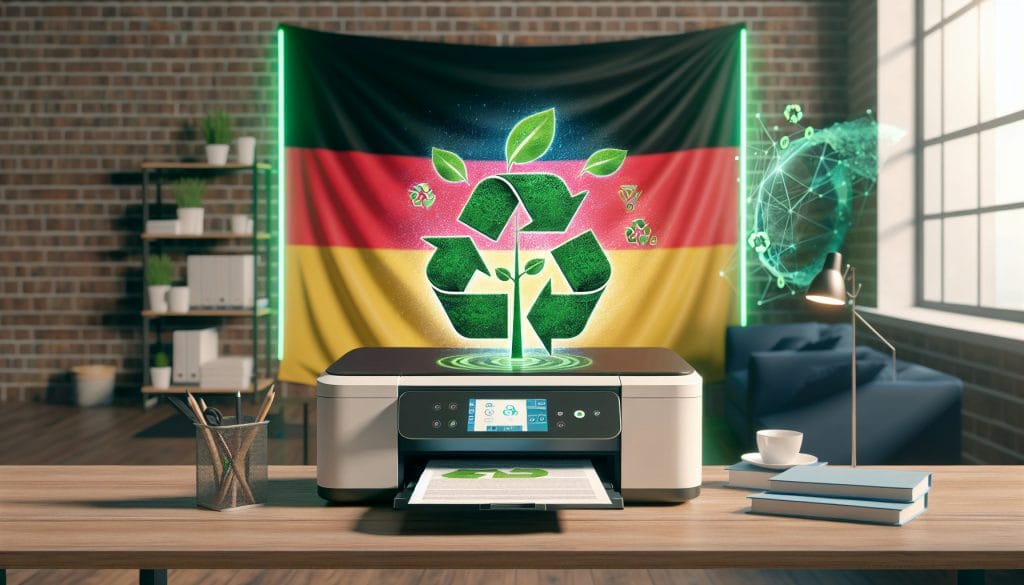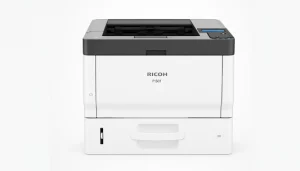Intelligent printing solutions for the modern home: Innovative approaches to reducing the ecological footprint
In today's world where sustainability is becoming increasingly important, smart solutions are also in demand in the field of printing. "Green printing solutions" not only contribute to a better environmental balance, but also offer numerous advantages in terms of cost savings and user-friendliness. This article examines various innovative approaches to reducing the ecological footprint in the printing sector.
The view on ecological printing solutions
In the context of modern technology, “green printing solutions” are constantly evolving. These adaptations are largely motivated by the need to use resources efficiently and minimize energy consumption. Every modern home and office can benefit from these practices by using devices that consume less energy while still delivering high-quality prints.
1. Energy-saving printers
Energy efficiency is a key feature of "ecological printing solutions". Many modern printers are equipped with energy-saving functions that can significantly reduce consumption. According to a study by the Fraunhofer Institute, the use of energy-saving printers can reduce power consumption by up to 40% compared to older models.
- Standby mode: Many printers go into power saving mode when not in use.
- Smart functionality: Some models offer the ability to control the print job from a smartphone or tablet, minimizing spontaneous print jobs and thus saving energy.
- Efficient motors: State-of-the-art printers are equipped with energy-efficient motors that reduce energy consumption during operation.
2. Use of recycled paper
The choice of paper has a significant impact on the overall ecological footprint. Using recycled paper not only minimizes deforestation, but also reduces the energy consumption and emissions generated during paper production.
Recycled paper is often of a similar quality to new paper and can be used in almost all printers without any concerns. When choosing printing materials, you should also consider using paper types with a high recycled content.
3. Environmentally friendly ink
Just as important as the paper is the ink used in the printing process. Many printer manufacturers now offer "green printing solutions" in the form of environmentally friendly ink that is plant-based and contains fewer harmful chemicals. These inks are not only better for the environment, but also for the health of users.
- Water-based: Many environmentally friendly inks are water-based, making them less harmful than conventional inks.
- Fewer pollutants: Environmentally friendly inks contain fewer volatile organic compounds (VOCs), which are considered harmful to health.
printers for the modern home
Choosing the right printer plays a crucial role in implementing “green printing solutions”. Here are two recommended models that are both environmentally friendly and offer technological advances:
Ricoh MFP color printer IM 2500A
The














